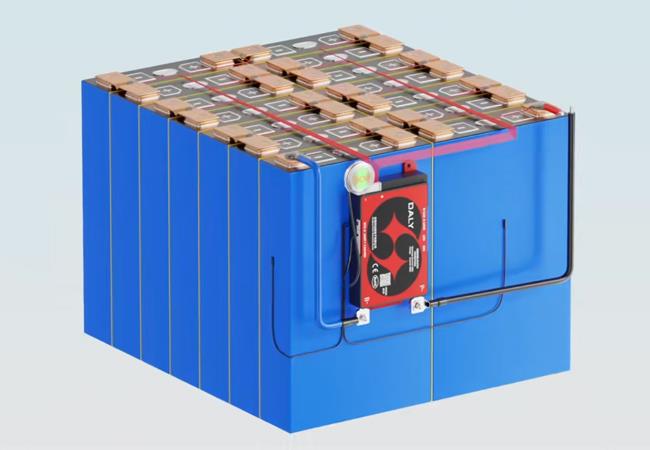
BMS Sampling Wires: How Thin Wires Accurately Monitor Large Battery Cells
For a 20-series battery pack, the sampling harness typically has 21 wires (20 positives + 1 common negative). Each adjacent pair measures a single cell's voltage. This process isn't active measurement but a passive signal transmission channel. The core principle involves high input impedance, drawing minimal current-typically microamperes (μA)-which is negligible compared to cell capacity. According to Ohm's Law, with μA-level currents and wire resistance of a few ohms, voltage drop is merely microvolts (μV), ensuring accuracy without affecting performance.
However, proper installation is critical. Incorrect wiring-like reverse or cross-connections-can cause voltage errors, leading to BMS protection misjudgment (e.g., false over/under-voltage triggers). Severe cases may expose wires to high voltages, causing overheating, melting, or BMS circuit damage. Always verify the wiring sequence before connecting the BMS to prevent these risks. Thus, thin wires are sufficient for voltage sampling due to low current demands, but precision installation ensures reliability.

Legal Disclaimer:
MENAFN provides the
information “as is” without warranty of any kind. We do not accept
any responsibility or liability for the accuracy, content, images,
videos, licenses, completeness, legality, or reliability of the information
contained in this article. If you have any complaints or copyright
issues related to this article, kindly contact the provider above.
Most popular stories
Market Research

- Mutuum Finance (MUTM) New Crypto Coin Eyes Next Price Increase As Phase 6 Reaches 50% Sold
- Chartis Research And Metrika Release Comprehensive Framework For Managing Digital Asset Risk
- BTCC Exchange Connects Crypto's Elite At Exclusive Poolside Sync Party Following TOKEN2049 Singapore
- New Crypto Mutuum Finance (MUTM) Nears $17 Million Raised Ahead Of October
- Flexm Secures Strategic Investment From China's E-Comm Leader Torkey Times Technology (TTT) To Drive Global Expansion
- Tapbit Delivers A Strong Presence At TOKEN2049 Singapore




















Comments
No comment